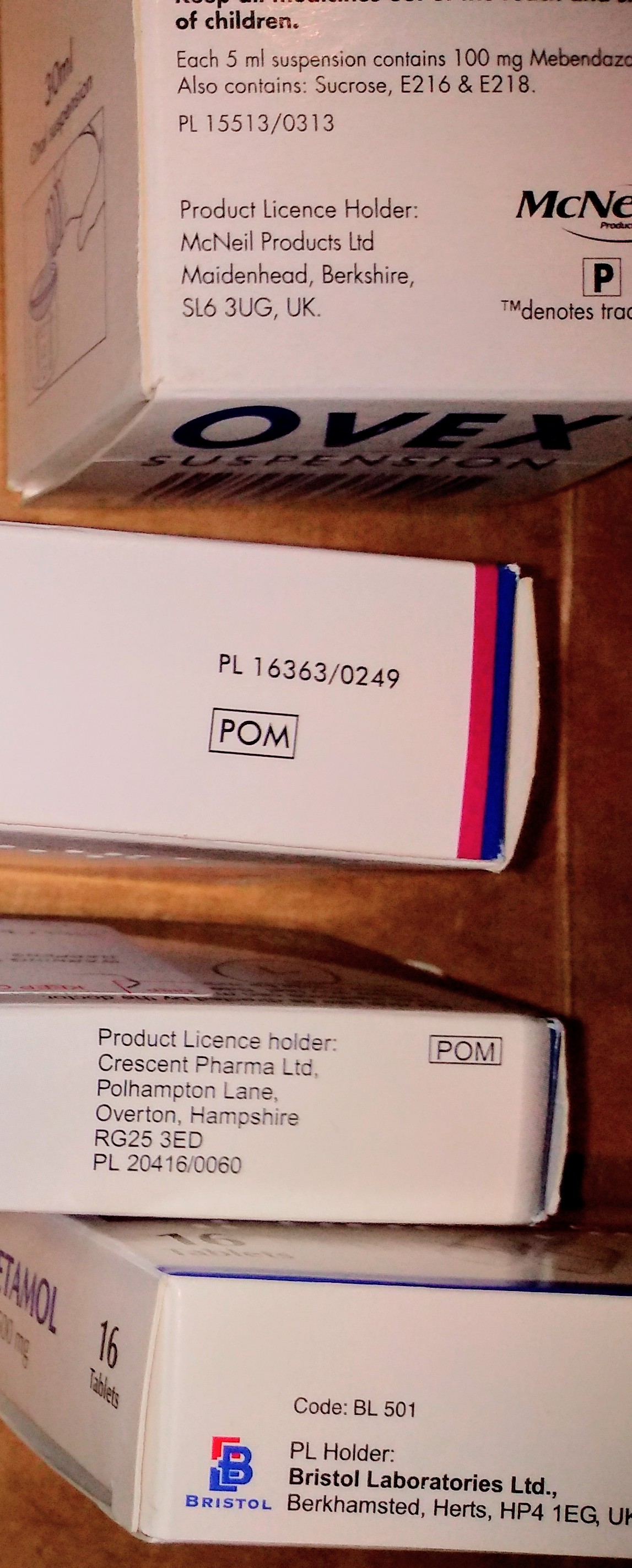|
Glycyrrhizic Acid
Glycyrrhizin (glycyrrhizic acid or glycyrrhizinic acid) is the chief sweet-tasting constituent of ''Glycyrrhiza glabra'' (liquorice) root. Structurally, it is a saponin Saponins (Latin ''sapon'', 'soap' + ''-in'', 'one of') are bitter-tasting, usually toxic plant-derived secondary metabolites. They are organic chemicals that become foamy when agitated in water and have high molecular weight. They are present ... used as an emulsion, emulsifier and gel-forming agent in foodstuffs and cosmetics. Its aglycone is enoxolone. Pharmacokinetics After oral ingestion, glycyrrhizin is hydrolysis, hydrolysed to 18β-glycyrrhetinic acid (enoxolone) by intestinal bacteria. After absorption from the gut, 18β-glycyrrhetinic acid is metabolised to 3β-monoglucuronyl-18β-glycyrrhetinic acid in the liver. This metabolite circulates in the bloodstream. Consequently, its oral bioavailability is poor. Most of it is eliminated by bile and only a minor part (0.31–0.67%) by urine. After oral ... [...More Info...] [...Related Items...] OR: [Wikipedia] [Google] [Baidu] |
Sweetness
Sweetness is a basic taste most commonly perceived when eating foods rich in sugars. Sweet tastes are generally regarded as pleasurable. In addition to sugars like sucrose, many other chemical compounds are sweet, including aldehydes, ketones, and sugar alcohols. Some are sweet at very low concentrations, allowing their use as non-caloric sugar substitutes. Such non-sugar sweeteners include saccharin, aspartame, sucralose and stevia. Other compounds, such as miraculin, may alter perception of sweetness itself. The perceived intensity of sugars and high-potency sweeteners, such as aspartame and neohesperidin dihydrochalcone, are heritable, with gene effect accounting for approximately 30% of the variation. The chemosensory basis for detecting sweetness, which varies between both individuals and species, has only begun to be understood since the late 20th century. One theoretical model of sweetness is the multipoint attachment theory, which involves multiple binding ... [...More Info...] [...Related Items...] OR: [Wikipedia] [Google] [Baidu] |
Potassium In Biology
Potassium is the main intracellular ion for all types of cells, while having a major role in maintenance of fluid and electrolyte balance. Potassium is necessary for the function of all living cells and is thus present in all plant and animal tissues. It is found in especially high concentrations within plant cells, and in a mixed diet, it is most highly concentrated in fruits. The high concentration of potassium in plants, associated with comparatively very low amounts of sodium there, historically resulted in potassium first being isolated from the ashes of plants (potash), which in turn gave the element its modern name. The high concentration of potassium in plants means that heavy crop production rapidly depletes soils of potassium, and agricultural fertilizers consume 93% of the potassium chemical production of the modern world economy. The functions of potassium and sodium in living organisms are quite different. Animals, in particular, employ sodium and potassium different ... [...More Info...] [...Related Items...] OR: [Wikipedia] [Google] [Baidu] |
Triterpene Glycosides
Triterpenes are a class of terpenes composed of six isoprene units with the molecular formula C30H48; they may also be thought of as consisting of three terpene units. Animals, plants and fungi all produce triterpenes, including squalene, the precursor to all steroids. Structures Triterpenes exist in a great variety of structures. Nearly 200 different skeletons have been identified. These skeletons may be broadly divided according to the number of rings present. In general pentacyclic structures (5 rings) tend to dominate. Squalene is biosynthesized through the head-to-head condensation of two farnesyl pyrophosphate units. This coupling converts a pair of C15 components into a C30 product. Squalene serves as precursor for the formation of many triterpenoids, including bacterial hopanoids and eukaryotic sterols. Triterpenoids By definition triterpenoids are triterpenes that possess heteroatoms, usually oxygen. The terms ''triterpene'' and ''triterpenoid'' often are used in ... [...More Info...] [...Related Items...] OR: [Wikipedia] [Google] [Baidu] |
Corticosteroid
Corticosteroids are a class of steroid hormones that are produced in the adrenal cortex of vertebrates, as well as the synthetic analogues of these hormones. Two main classes of corticosteroids, glucocorticoids and mineralocorticoids, are involved in a wide range of physiological processes, including stress response, immune response, and regulation of inflammation, carbohydrate metabolism, protein catabolism, blood electrolyte levels, and behavior. Some common naturally occurring steroid hormones are cortisol (), corticosterone (), cortisone () and aldosterone () (cortisone and aldosterone are isomers). The main corticosteroids produced by the adrenal cortex are cortisol and aldosterone. The etymology of the '' cortico-'' part of the name refers to the adrenal cortex, which makes these steroid hormones. Thus a corticosteroid is a "cortex steroid". Classes * Glucocorticoids such as cortisol affect carbohydrate, fat, and protein metabolism, and have anti ... [...More Info...] [...Related Items...] OR: [Wikipedia] [Google] [Baidu] |
List Of Unusual Deaths In The 21st Century
This list of unusual deaths includes unique or extremely rare circumstances of death recorded throughout the 21st century, noted as being unusual by multiple sources. File:Australia Zoo Steve Irwin feeding Crocodile (6081362690).jpg, alt=, Steve Irwin, the "Crocodile Hunter" who was killed by a stingray File:Phil Hughes.jpg, alt=, Phillip Hughes, Australian cricketer killed on the pitch File:Santa Coloma de Gramanet - Complex La Pallaresa.jpg, alt=, The ''Stegosaurus'' statue inside which a man died 2000s 2010s 2020s References {{Portal bar, History, Lists Lists of unusual deaths, 21st century Lists of 21st-century people, unusual deaths ... [...More Info...] [...Related Items...] OR: [Wikipedia] [Google] [Baidu] |
Glycyrrhetinic Acid
Enoxolone (International Nonproprietary Name, INN, British Approved Name, BAN; also known as glycyrrhetinic acid or glycyrrhetic acid) is a pentacyclic triterpenoid derivative of the beta-amyrin type obtained from the hydrolysis of glycyrrhizic acid, which was obtained from the herb liquorice. The substance has a sweet taste, so it is used in flavoring to mask the bitter taste of drugs like aloe and quinine. It may have some anti-inflammatory activities. One of its metabolites is responsible for the blood pressure-increasing effect of liquorice. Medical uses Oral topical In Turkey, enoxolone is used in a "Anzibel" lozenge in combination with benzocaine (a local anesthetic) and chlorhexidine hydrochloride (an antibacterial). It is found in an over-the-counter "Arthrodont" toothpaste. Evidence for the ingredient's usefulness for plaque and gingivitis is lacking. Skin topical In Japan, enoxolone is an active ingredient in the Salonpas brand of Transdermal analgesic patch, p ... [...More Info...] [...Related Items...] OR: [Wikipedia] [Google] [Baidu] |
11α-Hydroxyprogesterone
11α-Hydroxyprogesterone (11α-OHP), or 11α-hydroxypregn-4-ene-3,20-dione is an endogenous steroid and metabolite of progesterone. It is a weak antiandrogen, and is devoid of androgenic, estrogenic, and progestogenic activity. 11α-OHP was investigated as a topical antiandrogen for the treatment of androgen-dependent skin conditions in the early 1950s, and was found to produce some benefit. In 1995, 11α-OHP, along with its epimer 11β-hydroxyprogesterone, was identified as a very potent competitive inhibitor of both isoforms ( 1 and 2) of 11β-hydroxysteroid dehydrogenase (11β-HSD). It is notably not metabolized by 11β-HSD2. 11α-OHP is a more potent inhibitor of 11β-HSD than enoxolone (glycyrrhetinic acid) or carbenoxolone ''in vitro'' ( IC50 = 0.9 nM; IC50 = 5 nM in transfected cells). The compound has been found to be highly active in conferring mineralocorticoid sodium-retaining activity of corticosterone ''in vivo'' in rat bioassays and in increasing blood pressu ... [...More Info...] [...Related Items...] OR: [Wikipedia] [Google] [Baidu] |
Prescription Drug
A prescription drug (also prescription medication, prescription medicine or prescription-only medication) is a pharmaceutical drug that is permitted to be dispensed only to those with a medical prescription. In contrast, over-the-counter drugs can be obtained without a prescription. The reason for this difference in substance control is the potential scope of misuse, from drug abuse to practising medicine without a license and without sufficient education. Different jurisdictions have different definitions of what constitutes a prescription drug. In North America, , usually printed as "Rx", is used as an abbreviation of the word "prescription". It is a contraction of the Latin word "''recipe''" (an imperative form of "recipere") meaning "take". Prescription drugs are often dispensed together with a monograph (in Europe, a Patient Information Leaflet or PIL) that gives detailed information about the drug. The use of prescription drugs has been increasing since the 1960s. Regul ... [...More Info...] [...Related Items...] OR: [Wikipedia] [Google] [Baidu] |
Drug Interaction
In pharmaceutical sciences, drug interactions occur when a drug's mechanism of action is affected by the concomitant administration of substances such as foods, beverages, or other drugs. A popular example of drug–food interaction is the effect of grapefruit on the metabolism of drugs. Interactions may occur by simultaneous targeting of receptors, directly or indirectly. For example, both Zolpidem and alcohol affect GABAA receptors, and their simultaneous consumption results in the overstimulation of the receptor, which can lead to loss of consciousness. When two drugs affect each other, it is a drug–drug interaction (DDI). The risk of a DDI increases with the number of drugs used. A large share of elderly people regularly use five or more medications or supplements, with a significant risk of side-effects from drug–drug interactions. Drug interactions can be of three kinds: * additive (the result is what you expect when you add together the effect of each drug take ... [...More Info...] [...Related Items...] OR: [Wikipedia] [Google] [Baidu] |
Heart Arrhythmia
Arrhythmias, also known as cardiac arrhythmias, are irregularities in the cardiac cycle, heartbeat, including when it is too fast or too slow. Essentially, this is anything but normal sinus rhythm. A resting heart rate that is too fast – above 100 beats per minute in adults – is called tachycardia, and a resting heart rate that is too slow – below 60 beats per minute – is called bradycardia. Some types of arrhythmias have no symptoms. Symptoms, when present, may include palpitations or feeling a pause between heartbeats. In more serious cases, there may be presyncope, lightheadedness, Syncope (medicine), passing out, shortness of breath, chest pain, or decreased level of consciousness. While most cases of arrhythmia are not serious, some predispose a person to complications such as stroke or heart failure. Others may result in cardiac arrest, sudden death. Arrhythmias are often categorized into four groups: premature heart beat, extra beats, supraventricular tachycard ... [...More Info...] [...Related Items...] OR: [Wikipedia] [Google] [Baidu] |
Blood Pressure
Blood pressure (BP) is the pressure of Circulatory system, circulating blood against the walls of blood vessels. Most of this pressure results from the heart pumping blood through the circulatory system. When used without qualification, the term "blood pressure" refers to the pressure in a brachial artery, where it is most commonly measured. Blood pressure is usually expressed in terms of the systolic pressure (maximum pressure during one Cardiac cycle, heartbeat) over diastolic pressure (minimum pressure between two heartbeats) in the cardiac cycle. It is measured in Millimetre of mercury, millimetres of mercury (mmHg) above the surrounding atmospheric pressure, or in Pascal (unit), kilopascals (kPa). The difference between the systolic and diastolic pressures is known as pulse pressure, while the average pressure during a cardiac cycle is known as mean arterial pressure. Blood pressure is one of the vital signs—together with respiratory rate, heart rate, Oxygen saturation (me ... [...More Info...] [...Related Items...] OR: [Wikipedia] [Google] [Baidu] |




